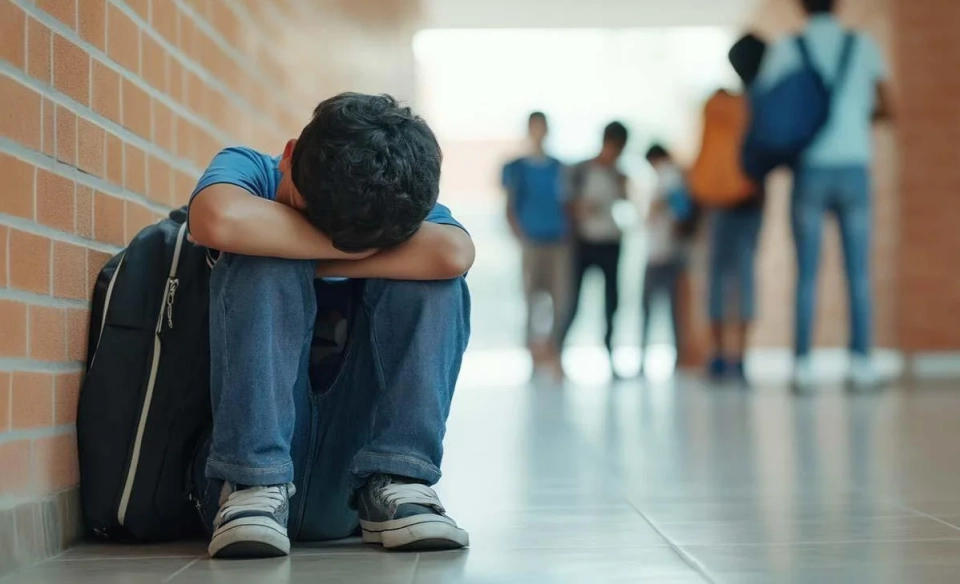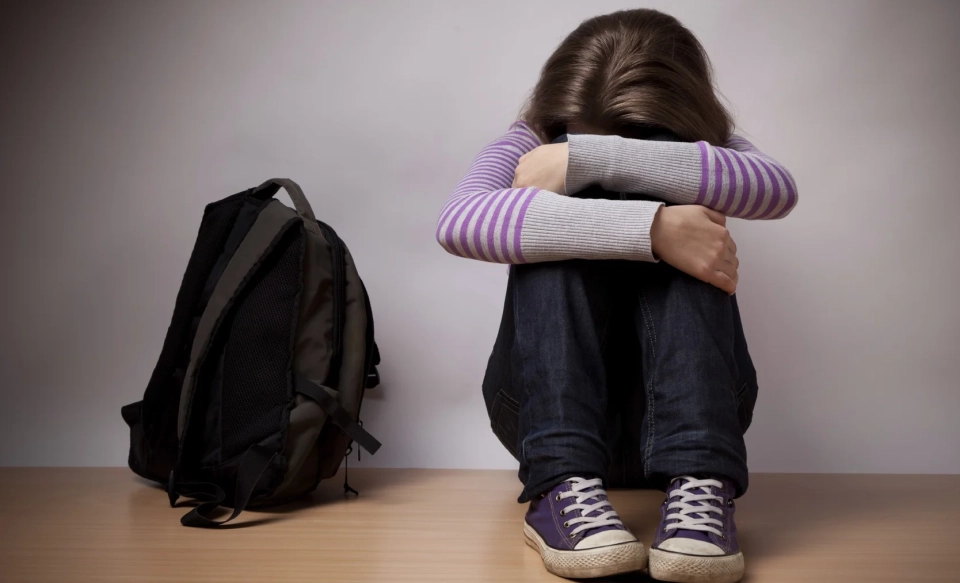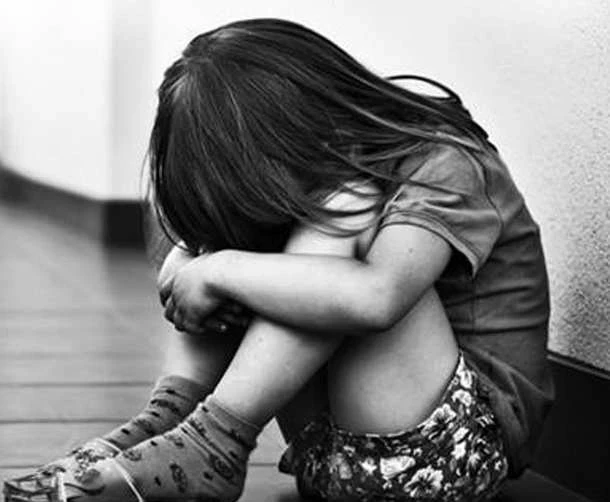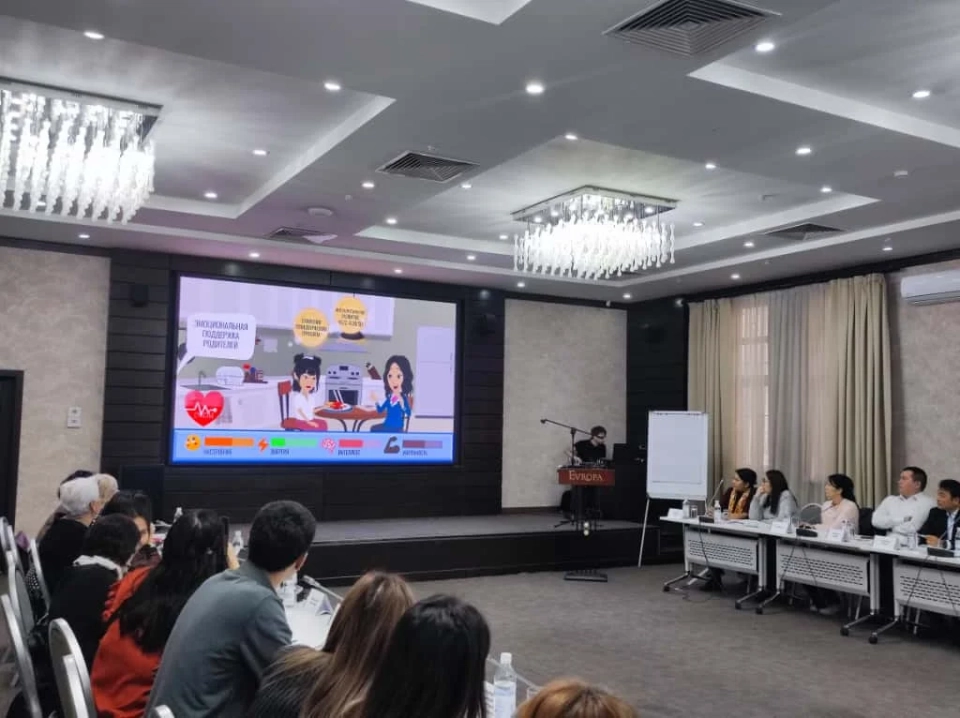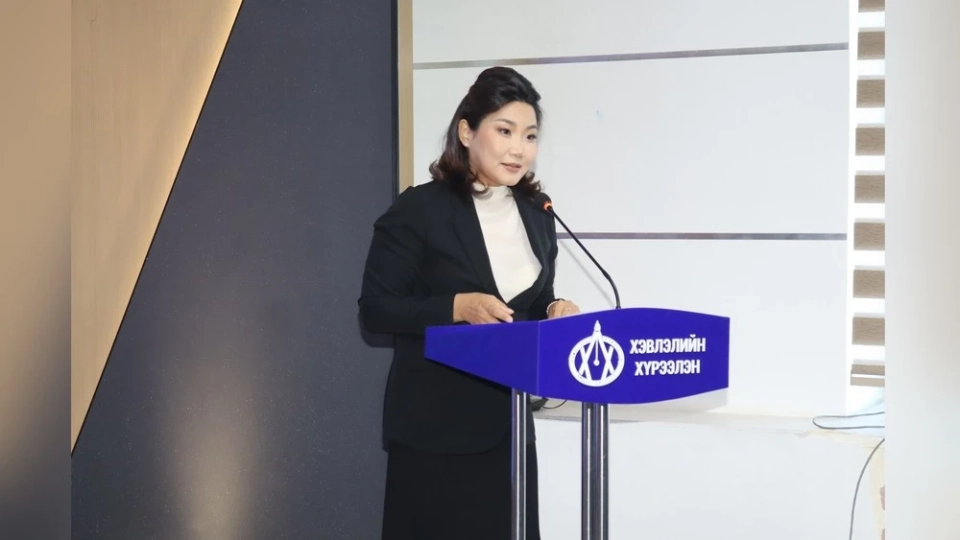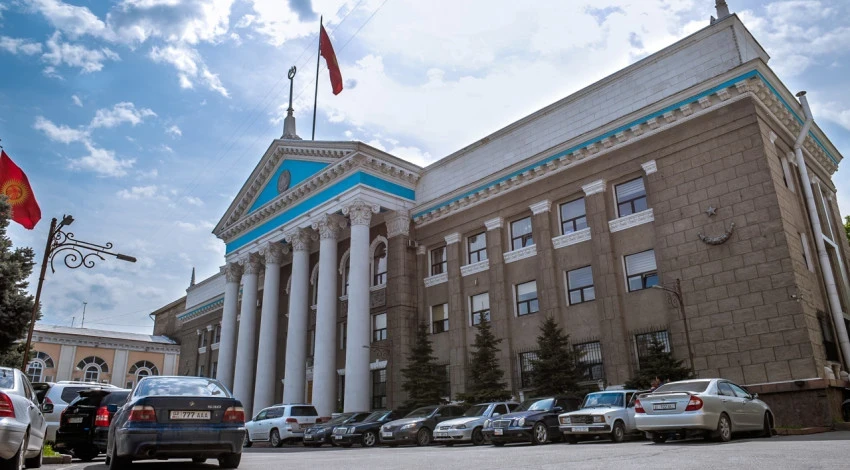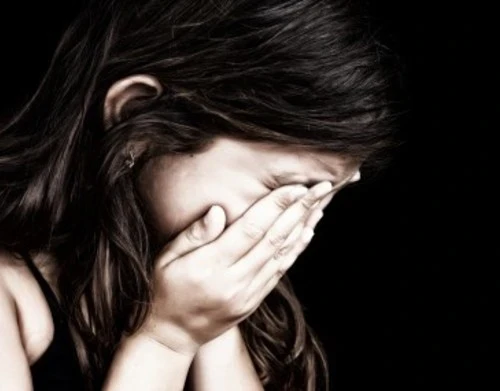The results of the national study on violence in educational institutions and child protection were presented during interviews and focus groups conducted with students, teachers, and parents.
It was found that various forms of violence are observed in almost all schools covered by the study, affecting between 40% and 70% of students. The most vulnerable age for involvement in violent actions is students in grades 7-9.
Interestingly, there is a gender specificity: boys are more often the initiators of physical violence and open conflicts, while girls more frequently experience psychological pressure related to their appearance and social status.
The study identifies several main forms of violence in the school environment:
- psychological violence — mockery, boycotting, insults, and isolation;
- physical violence — fights, threats, and shoving;
- cyberbullying — harassment and blackmail through social networks and messaging apps.
“Cyberbullying is becoming one of the most serious threats. Educators and parents often lack the necessary knowledge and tools to protect children online, and as a result, there are no effective mechanisms for control and response,” the study emphasizes.It was also noted that children often do not seek help due to fear of exposure, distrust of school psychologists and teachers, and concerns about further attacks from peers. According to the study, school administrations sometimes downplay the scale of the problem to maintain the school's reputation.
The socio-economic context is also an important risk factor. Unfavorable family conditions — parental migration, divorces — significantly influence children's involvement in violence. It has been established that there is a growing gap between school and family: parents, especially from migrant families, often do not take an active role in upbringing, and schools lack effective means of influence.
The study also discusses the dual role of the religious factor. On one hand, there are cases of pressure on children, such as demands to wear headscarves and restrictions on attending certain classes. On the other hand, imams can have a positive influence by calling for non-violence and patience (sabr) in their discussions with children and parents.
There is a acute shortage of school psychologists in all regions. Teachers and social educators are overwhelmed with routine reporting and often lack the necessary training for in-depth psychological consultations.
Among the proposed solutions to the problem are strengthening psychological services, increasing digital literacy among parents and educators, expanding preventive programs, and working to improve the connection between school and family.

